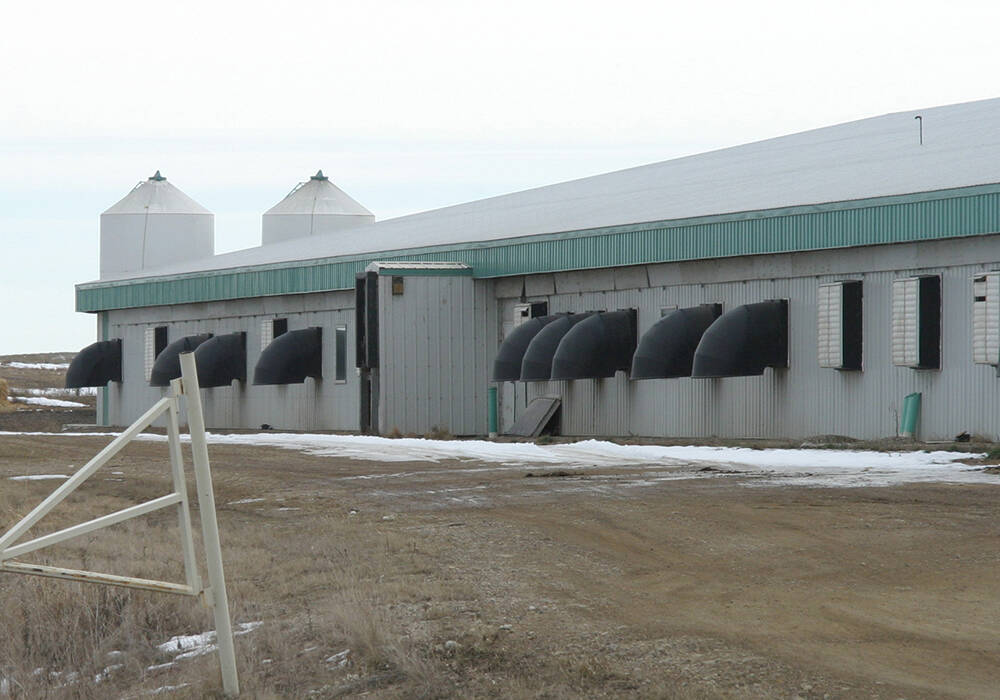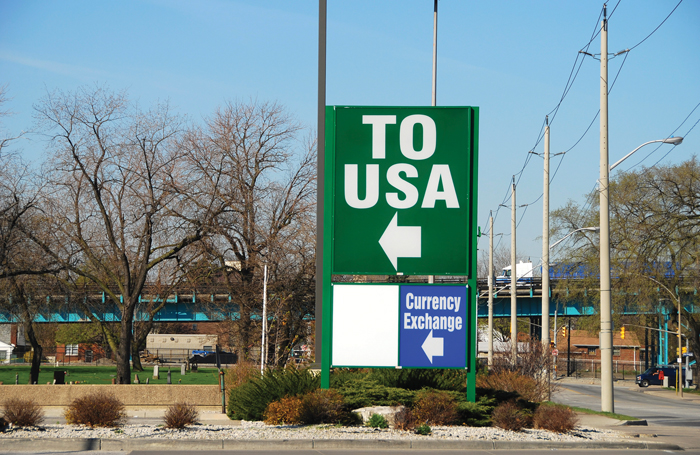Canada’s government will set off squeals of protests no matter how it decides to handle a plea for aid from its desperate hog farmers.
If Ottawa fails to come through on the $800-million loan request, Canada stands to lose a large chunk of its once-lucrative hog sector to bankruptcy and closures.
But aid for Canuck hogs will read as an attack on farmers in the United States, Canada’s largest market, where producers say they’ll do what they can to stop the proposal.
Read Also

Get the best air in your hog barn
Farmers who pay more attention to ventilation, humidity, air pressure and temperature in the hog barn can get pigs gaining weight faster and keep them comfortable
“Essentially, what this does is it transfers suffering among pork producers from north of the border to south of the border, and we’re not going to stand by and let that happen,” said Nick Giordano, vice-president of the National Pork Producers Council in the U. S.
“We’re not going to want to wait. We’re going to scream bloody murder. We’re going to go political,” Giordano vowed.
High feed costs and recession-depressed exports have ruined bottom lines and frayed tempers in the North American hog industry, where farmers have lost money for about two years. Hog prices fell to a six-year low on Thursday. “It’s never been so bad,” Giordano said.
Canadian farmers have trimmed their herds by about 13 per cent in three years. Recently, large U. S. producers such as Tyson Foods and Smithfield Foods announced plans to cut production.
But it hasn’t been enough. “It’s this horrible game of waiting and waiting for the other person to go broke,” said Dermot Hayes, an economist at Iowa State University, who has analyzed the impact the Canadian aid package would have on U. S. hog prices for the NPPC.
“In the absence of this program, the Canadian pork industry is facing complete disaster,” said Hayes in an interview.
But the loans would help some farmers keep going, piling pork onto the glut and prolonging industry agony.
A Canadian meat analyst said the loans could pressure short-term prices, but might not weigh on the market for long.
“The amount of production that would stay in as a result of this would not make a material or noticeable impact on pricing in North America,” said Kevin Grier of the George Morris Centre in Guelph, Ontario.
The proposal also includes payments to farmers who cull sows, which would shrink the herd, offsetting production supports provided by loans, said Pascal Theriault, an agronomist at McGill University in Montreal, Quebec.
U. S. buyers have cooled to Canadian imports they once embraced because of a new country-of-origin labelling law, which raises their costs for handling Canadian livestock, and means discounted prices for Canadian hogs.
The Canadian government is protesting the new law at the World Trade Organization.
U. S. hog producers have successfully pushed for duties on Canadian hog imports in the past, most recently in 2004. But in that case, they were not able to get the duties to stick, and the money was refunded to Canadian producers.
If the U. S. takes trade action on Canadian hog aid, Ottawa could argue its loans are not grants and thus are permitted under trade laws, said McGill University’s Theriault.
But it’s unlikely U. S. producers and lawmakers will make the distinction in the short term, he said. “If someone’s going to put trade pressure on someone else, it’s going to be the U. S. They hold a good chunk of the cards.”














